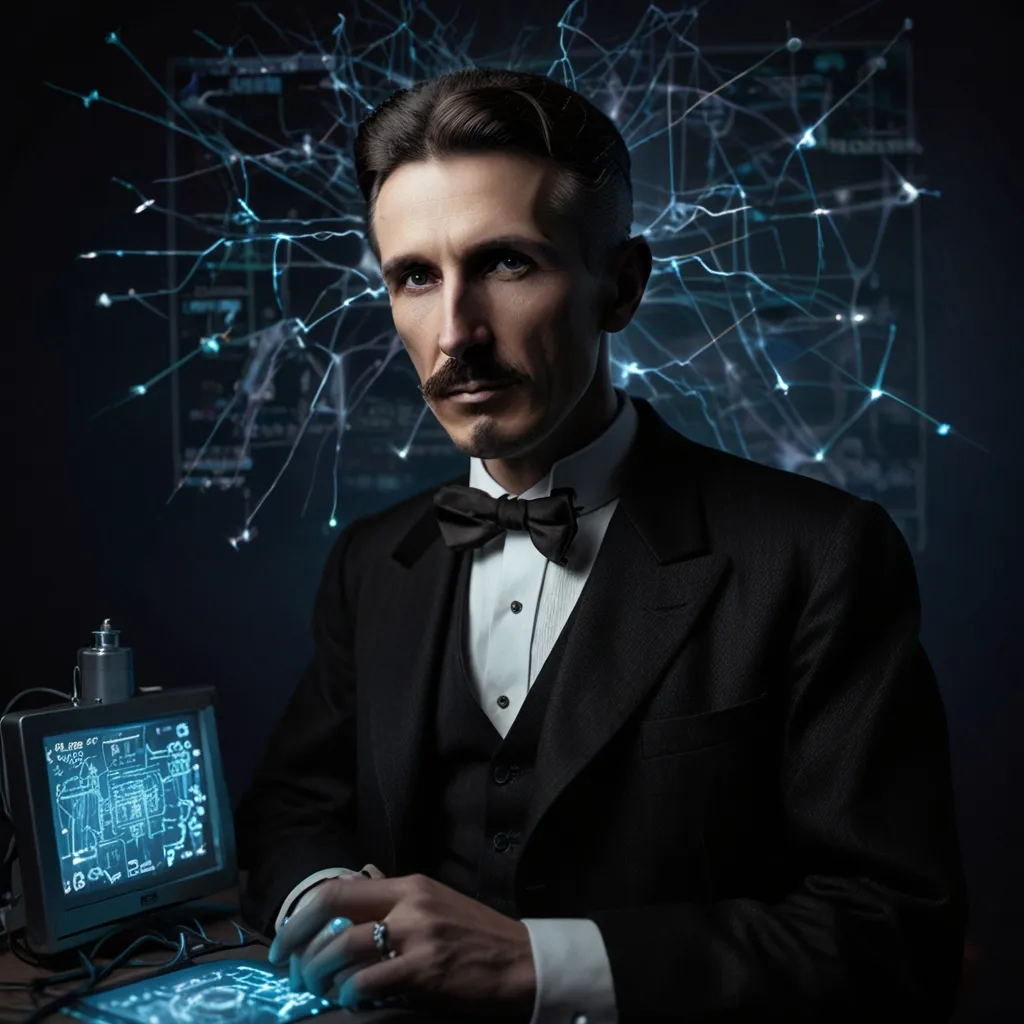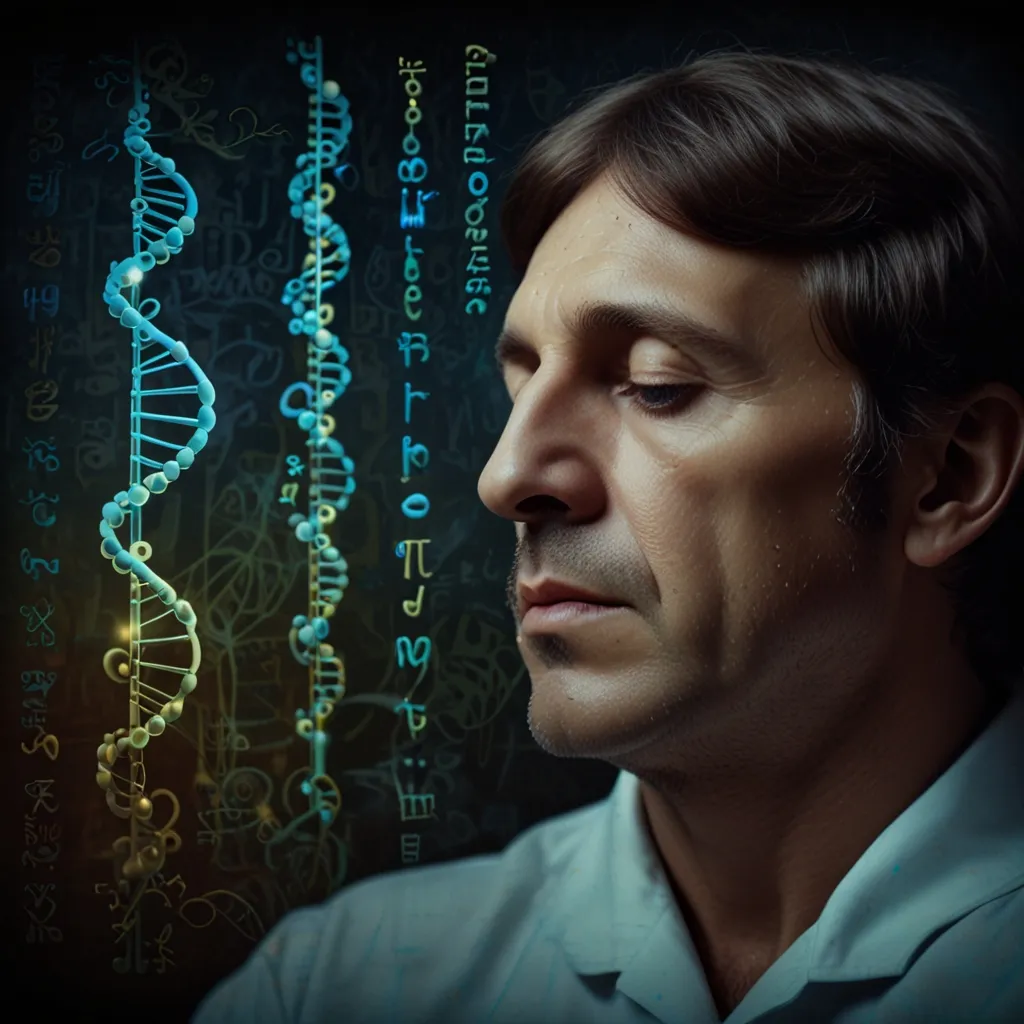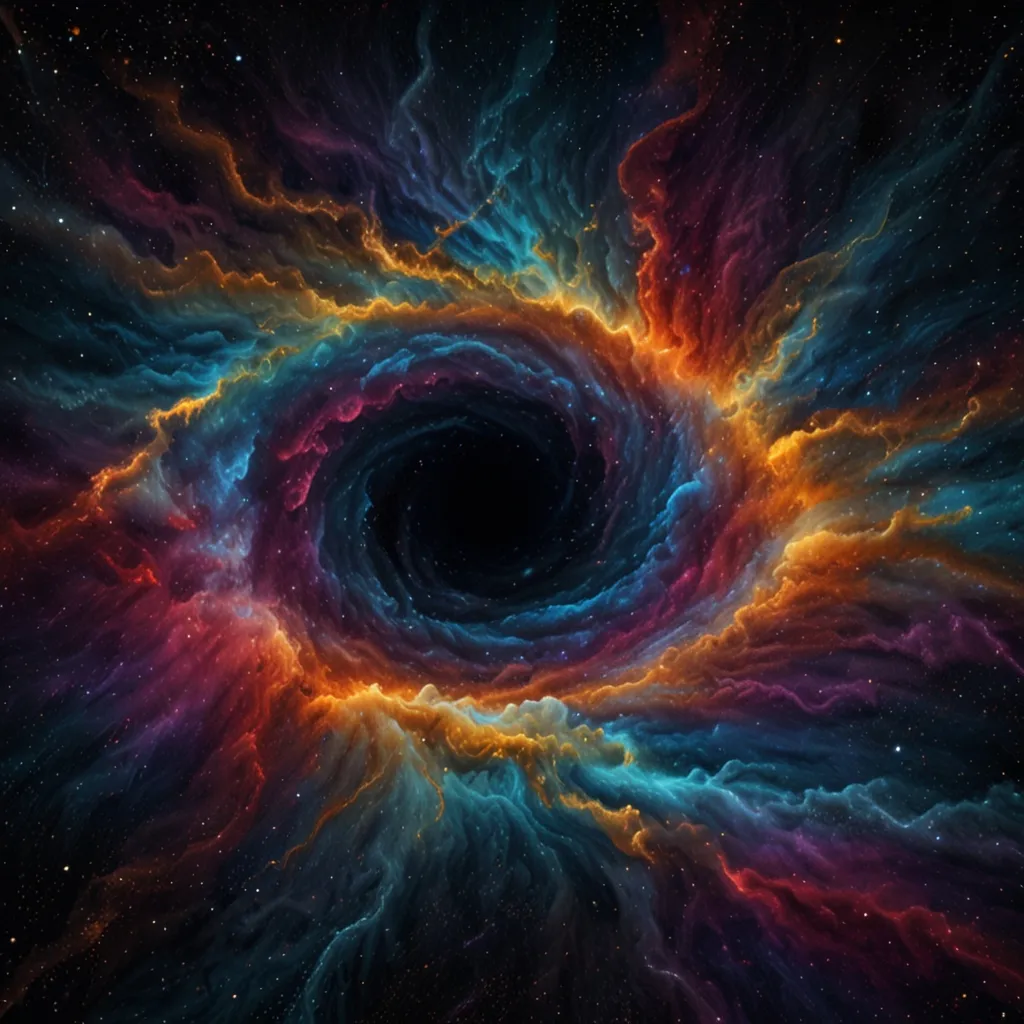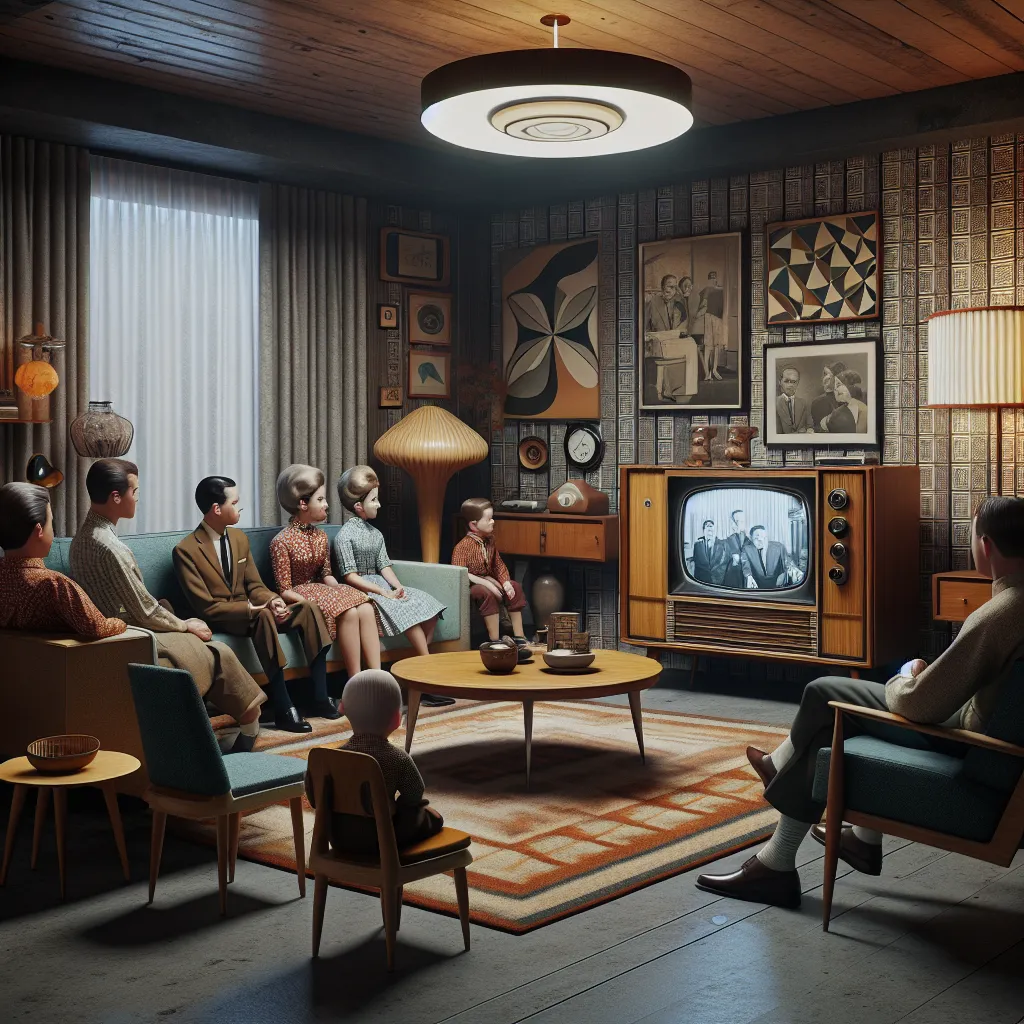Imagine a world where a small device in our pocket lets us see and hear each other in real-time from miles away, where movies are transmitted wirelessly, and cars operate autonomously. A world powered by electricity generated centrally and sent over vast distances to illuminate homes and factories. This is the world we live in today, one that we often take for granted. Over a hundred years ago, a man dared to envision these advanced technologies: Nikola Tesla. Tesla, along with Thomas Edison, has profoundly impacted the modern technological landscape we enjoy today.
Yet, despite his incredible contributions, Tesla died nearly penniless and was almost forgotten by history. Thankfully, time has since acknowledged his brilliance. Tesla’s most significant contribution to the world was his work with alternating current (AC) technology, which enabled electrical power to be transmitted over long distances. He also invented the AC motor, pivotal for using this power in factories and businesses. Tesla’s journey was tough, especially since Thomas Edison’s direct current (DC) systems were the early standard. Edison went to great lengths, even staging a convict’s electrocution, to portray AC as dangerous. However, AC ultimately prevailed because the science behind it was incontrovertible.
Tesla’s innovations stemmed from a deep understanding of electricity. Electricity involves the movement of charged particles, or electrons, within a material. Materials that permit this movement are conductors, while those that don’t are insulators. Copper, for instance, is a good conductor because its valence electrons can move freely.
To understand the difference between DC and AC, one must grasp the basics of electric current, voltage, and resistance. Current, measured in amperes (amps), is the flow rate of electrons. Voltage, measured in volts, is the force driving the current. Resistance is a material’s tendency to resist electron flow. These concepts are interrelated, described by Ohm’s Law: Voltage equals Current times Resistance.
A good analogy for electricity flow is water in a hose. Current is like the water flow rate, voltage is the water pressure, and resistance is the hose’s diameter. In DC, the current flows in one constant direction, like water through a hose. AC, on the other hand, involves current changing direction periodically throughout the hose, which can be visualized as water moving back and forth.
The crucial advantage of AC over DC lies in power transmission efficiency. Power equals Current times Voltage. To minimize energy loss during power transmission over distances, it’s advantageous to transmit at high voltage and low current because less power is wasted as heat. AC makes this feasible through transformers, which can easily step up voltage for transmission and step it down for safe residential use. DC, lacking this easy voltage transformation capability, fell out of favor for large-scale transmission in Tesla’s time.
Nevertheless, modern technology shows that DC still has a place. Devices like laptops and smartphones, powered by batteries, use DC. Moreover, High Voltage Direct Current (HVDC) technology is now used for extremely long-distance power transmission over a thousand kilometers because it minimizes energy loss even further than AC, albeit at a higher initial cost.
Tesla’s visions went beyond AC. He foresaw technologies like fluorescent lights, radios, and remote controls. Though some of his ideas, like splitting the earth or creating a death ray, seemed far-fetched, his genius was undeniable. While Tesla didn’t receive widespread acclaim during his lifetime, his legacy as one of the most innovative and forward-thinking scientists is now well-recognized.






